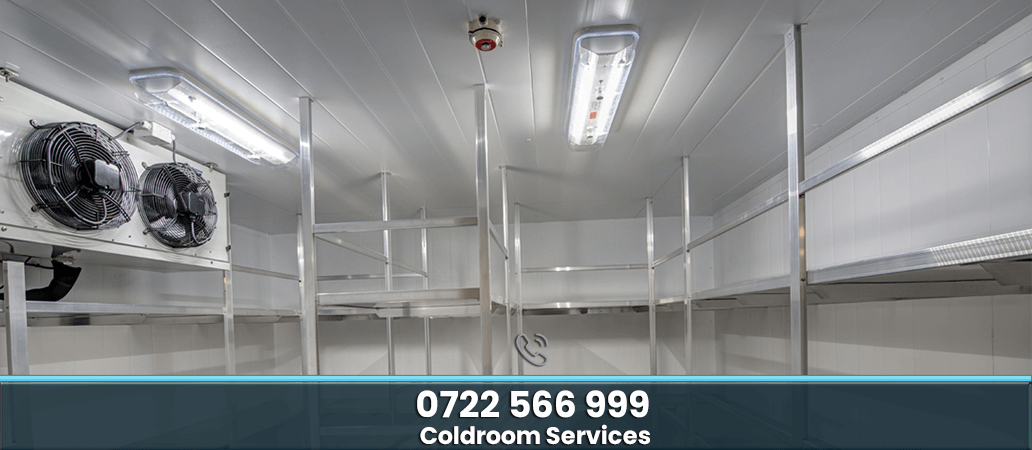
Cold room installation involves setting up a controlled environment with low temperatures suitable for storing perishable items such as food, pharmaceuticals, and chemicals. This process requires careful planning, proper equipment, and skilled technicians to ensure efficient operation and longevity of the cold room.
Insulation is crucial for maintaining the desired temperature inside the cold room. Common insulation materials include polyurethane foam, polystyrene, and fiberglass. Proper insulation helps in reducing energy consumption and maintaining temperature stability.
The refrigeration system is responsible for cooling the cold room. It consists of components such as compressors, condensers, evaporators, and refrigerant lines. The choice of refrigeration system depends on factors such as room size, temperature requirements, and budget.
Doors and seals play a vital role in preventing temperature loss and maintaining the integrity of the cold room. Properly sealed doors with insulated panels help in minimizing energy wastage and ensuring efficient operation.
Inadequate insulation can lead to temperature fluctuations and higher energy consumption. It is essential to use high-quality insulation materials and ensure proper installation to prevent heat transfer into the cold room.
Refrigeration system failures, such as compressor issues or refrigerant leaks, can disrupt the cooling process and affect product quality. Regular maintenance and timely repairs are necessary to prevent such problems and ensure the smooth operation of the cold room.
Faulty door seals can result in air leaks, leading to temperature inconsistencies and increased energy costs. Periodic inspection and replacement of door seals are essential to maintain the efficiency of the cold room.
If insulation is insufficient, consider upgrading to higher quality materials or adding additional layers to improve thermal performance. Proper insulation maintenance is essential to prevent heat ingress and ensure optimal cooling efficiency.
Scheduled maintenance of the refrigeration system helps in identifying and addressing potential issues before they escalate. Cleaning condenser coils, checking refrigerant levels, and inspecting components for wear and tear are crucial for preventing breakdowns and extending the lifespan of the equipment.
Replacing worn-out door seals with new ones helps in maintaining a tight seal and preventing air leakage. Properly sealed doors ensure consistent temperatures inside the cold room and reduce energy consumption.
The cost of cold room installation in Kisumu can vary depending on factors such as room size, insulation type, refrigeration system, and labor charges. Here’s a rough breakdown of costs:
Cold room installation in Kisumu requires careful planning, proper equipment, and skilled technicians to ensure efficient operation and temperature control. Understanding common problems and their solutions can help in maintaining the integrity of the cold room and prolonging its lifespan. Regular maintenance and timely repairs are essential for optimizing cooling efficiency and minimizing energy costs. By investing in high-quality components and professional installation services, businesses can create a reliable cold storage environment to preserve perishable goods effectively.